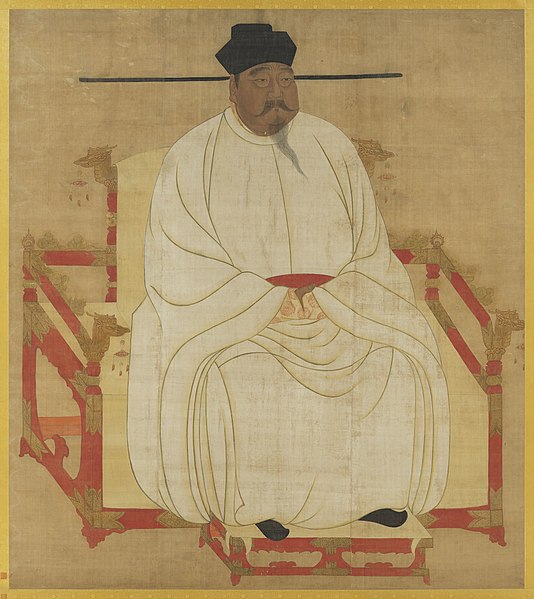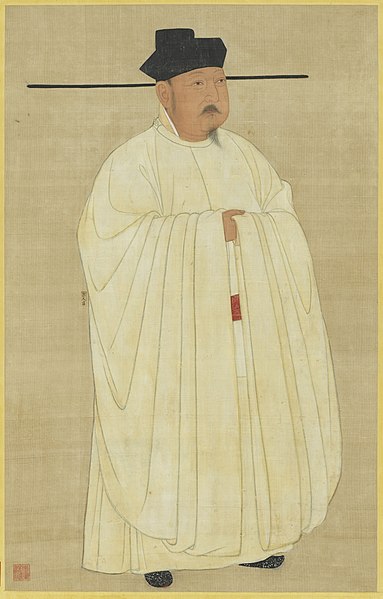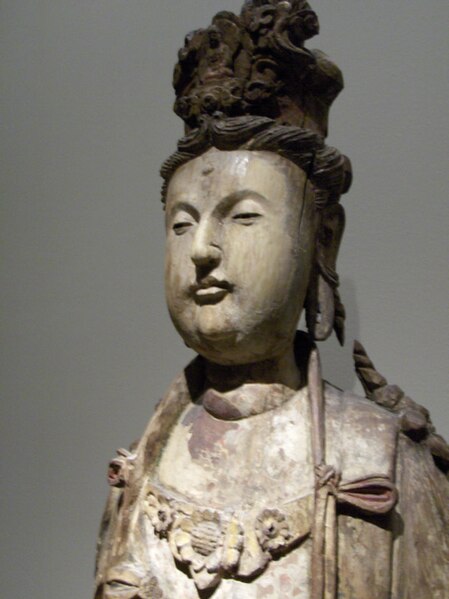The Battle of Xiangyang was a protracted series of battles between the Yuan dynasty and the Southern Song dynasty from 1267 to 1273. The battle was a significant victory for the Yuan dynasty and ended a 30-year defensive campaign waged by the Southern Song dynasty, allowing Yuan forces to advance into the Southern Song heartland. The capture of Xiangyang also allowed the Yuan dynasty to take control of the Han and Yangtze rivers, thereby depriving the Southern Song dynasty of two formidable natural barriers. The defeat devastated the Southern Song dynasty, which collapsed several years later at the Battle of Yamen.
Illustration of a Xuanfengwupao (旋風五砲) from the Wujing Zongyao
Illustration of a hinged counterweight trebuchet prepped for transit from the Wujing Zongyao, late Ming (Wanli Period) edition
Chuangzi Nu
The city of Zarang under siege by Mahmud of Ghazni in 1003 CE. From the illuminated manuscript of Rashid al-Din's Jami' al-tawarikh, dated 1314 CE. Edinburgh University Library
The Song dynasty was an imperial dynasty of China that ruled from 960 to 1279. The dynasty was founded by Emperor Taizu of Song, who usurped the throne of the Later Zhou dynasty and went on to conquer the rest of the Ten Kingdoms, ending the Five Dynasties and Ten Kingdoms period. The Song often came into conflict with the contemporaneous Liao, Western Xia and Jin dynasties in northern China. After retreating to southern China following attacks by the Jin dynasty, the Song was eventually conquered by the Mongol-led Yuan dynasty.
Emperor Taizu of Song (r. 960–976), a court portrait painting
A portrait of Emperor Taizong of Song (r. 976–997)
A wooden Bodhisattva from the Song dynasty (960–1279)
Flock of Crane over Song Palace painting by Emperor Huizong








